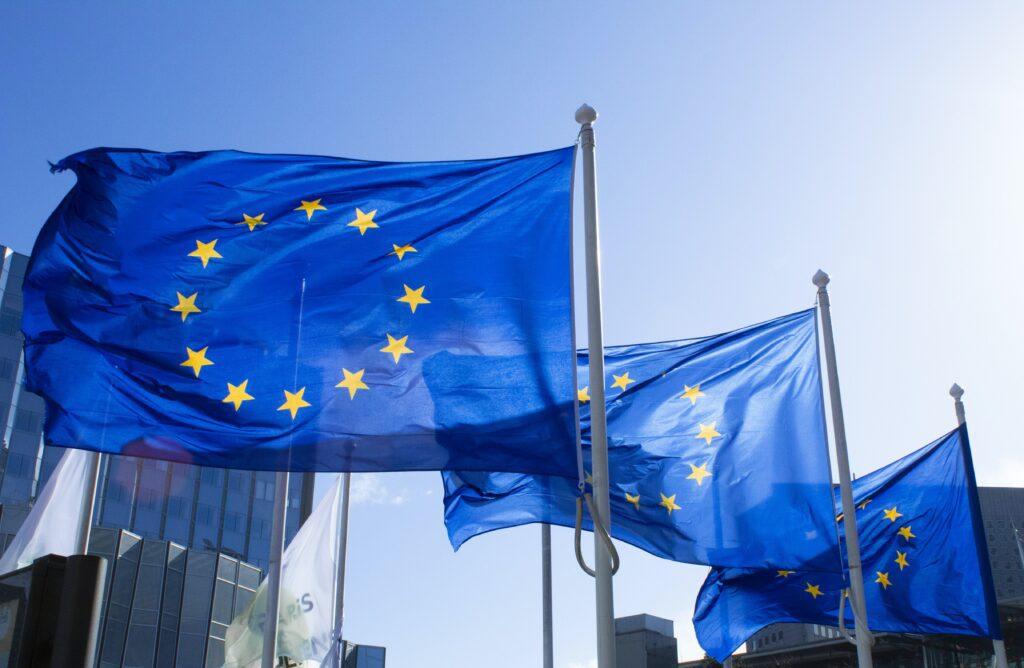If you import into the European Union (EU), your compliance with the Registration, Evaluation, Authorisation, and Restriction of Chemicals (REACH) Regulation is now more important than ever. The Enforcement Forum of the European Chemicals Agency (ECHA) has announced that from 2023 to 2025, they will be especially focused on REACH compliance for imports, affecting businesses across the world.
Why is ECHA stepping up this particular aspect of REACH enforcement? A recent ECHA program spent time inspecting imports and found that 23% of products were noncompliant with REACH. This is a sizable number of products coming into the EU not meeting compliance regulations for hazardous substances, so the EU has decided that stricter enforcement is necessary.
Not only that, but new EU regulatory requirements are also on the rise, from the SCIP database to new PFAS restrictions that will go into effect in the future. Since noncompliance in one area often means noncompliance in another area, new REACH enforcement policies could land you with even more customs hold-ups in regard to other regulations.
Your REACH Compliance
If you are required to comply with REACH, now is the time to reevaluate your compliance. Are you fully complying with the regulation? Are your suppliers aware of the information you require for REACH compliance? Have the substances of very high concern (SVHC) changed in your products, requiring new reporting?
Start by fully surveying your supply chain. Supply chain communication is one of the biggest keys to product compliance, as you depend on your suppliers to provide accurate information about the substances used in your products’ materials.
Then review your compliance program. Do you have processes in place to effectively gather data and make reports? Does your compliance team understand the requirements your products must meet?
If you manufacture one metric ton or more of a substance per year, it must be registered with ECHA in REACH. This includes reporting information on the chemical, providing safe use instructions, and including any authorization you have for substances on ECHA’s Authorisation List.
The best way to ensure you can consistently meet your REACH requirements, along with any other regulatory obligations, is to have a full materials declaration for your products. This means that instead of looking for compliance information as requirements come in, you already have the answers about your product materials at your fingertips. There are several different software programs that can help you do this, such as iPoint and Compliance Data Exchange (CDX).
You will also need systems in place to check for changes in REACH regulations. Regulations in the EU are constantly evolving, as new substances are added to the Candidate List and Authorisation List, and new regulations, like the new EU Packaging Act, are enacted.
More EU Product Regulations
The EU has extensive regulations for products manufactured in and imported into the economic area. Here are some of the key regulations you will likely need to be in compliance with.
While ECHA has announced that REACH enforcement is its current particular focus, noncompliance in one area often means noncompliance in other areas. If it is found that your products are noncompliant with REACH, regulatory agents will likely start looking into your compliance status with other EU regulations, which could be costly.
SCIP
The Substances of Concern in Products (SCIP) Database became a new requirement in 2021. While SCIP is separate from REACH, there is some overlap in the information required. However, SCIP requires more detailed information than REACH.
RoHS
The Restriction of Hazardous Substances (RoHS) first went into effect in the EU in 2003. Its main focus is on hazardous substances found in electrical products. However, while you may not manufacture electrical products, you may have customers asking you to comply with RoHS so they can meet all of their compliance requirements.
Packaging Regulations
Packaging regulations across the EU are a new development. In 2019, Germany implemented The German Packaging Act. Now the EU is following suit with a new EU Packaging Regulation. This regulation will include restrictions on hazardous substances in packaging and will eventually require companies to use only recycled materials in packaging.
PFAS Regulation
Recently, the EU proposed a change to REACH that could lead to a ban of over 10,000 PFAS in products and manufacturing. While the details of this PFAS proposal are still being worked out, this will be an enormous new regulation companies will need to comply with in the future, and you should begin preparing now.
Get REACH Support
With the announcement of new REACH enforcement procedures, your EU product compliance is more important than ever. Having your products held up at customs for noncompliance can be costly to your company’s profit and reputation.
If you need help meeting REACH obligations or any other product compliance requirement in the EU, contact Tetra Tech’s compliance experts at [email protected]. We can help you survey your supply chain, meet your reporting requirements, and can even manage your compliance reporting. Contact us today.






